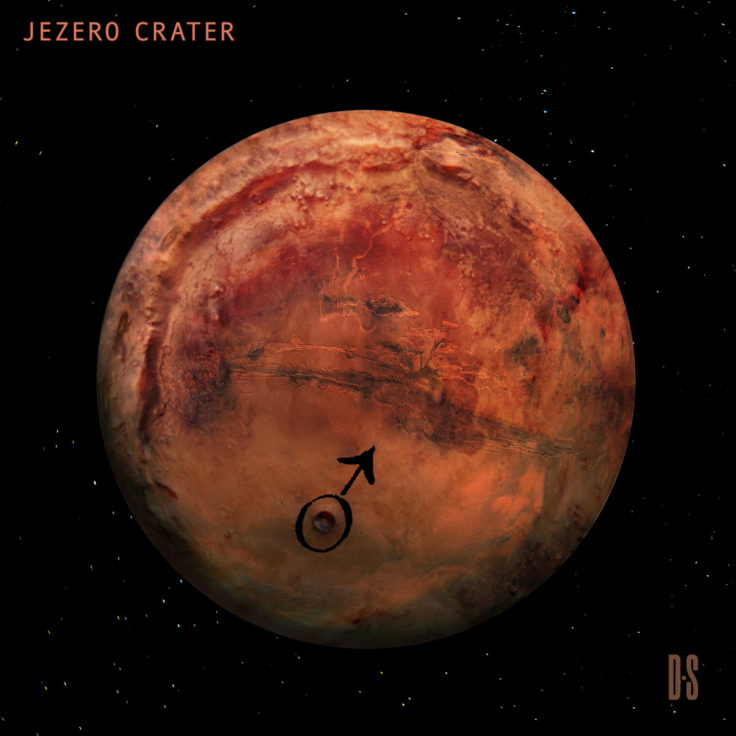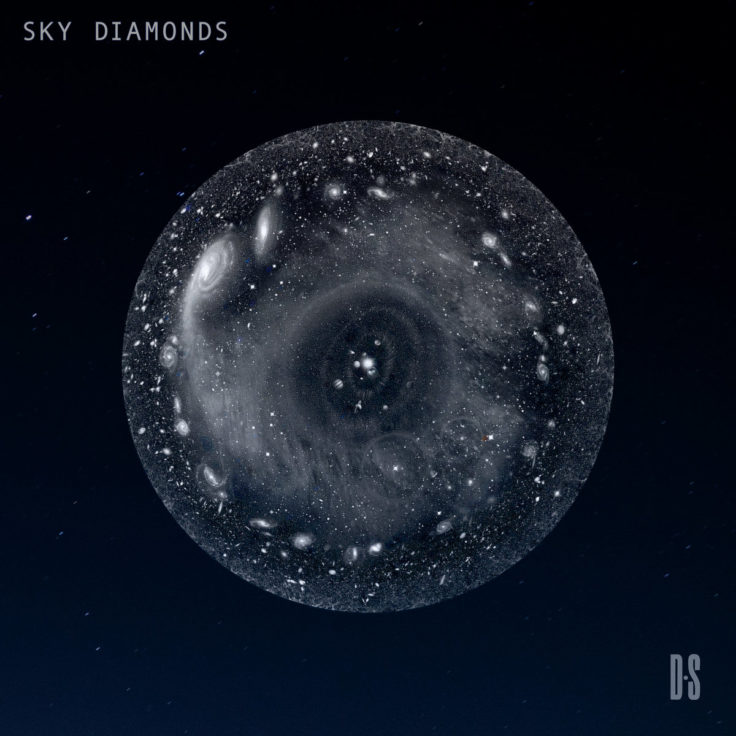‘Sounds of space’ feature in album Celestial Incantations
Celestial Incantations – New album release from Sounds of Space Project
New album Celestial Incantations is released today by the international Sounds of Space Project, comprising of Dr Nigel Meredith (British Antarctic Survey), Diana Scarborough and Dr Kim Cunio (Australian National University). Celestial Incantations builds on previous album Aurora Musicalis by introducing a whole new spectrum of space ‘sounds’ and a huge musical palette – including orchestral instruments, traditional instruments and electronics – taking the listener on a journey from Earth to the largest definitions of cosmic time and space.

The album invites you to consider the vastness of space, imagining time and space in the grandest sense, and embark on a spectacular journey of sound. Starting off at Earth and moving outwards you will hear compositions inspired by and featuring the ‘sounds’ of our planet, Mars, a comet, Jupiter, Saturn, interstellar space and a galactic pulsar. The album concludes with a track featuring the ‘sound’ of the merger of two black holes, as evidenced by the first observed gravitational wave, an almost unbelievable ripple in space time that Einstein doubted humans could ever capture!
BAS space weather research scientist Dr Nigel Meredith says: “Space is a vacuum and utterly silent, with no capacity for the transmission of sound waves. In contrast, electromagnetic waves and gravitational waves can travel in the almost perfect vacuum of space, providing us with information on the astronomical objects within and beyond our solar system. In this album we primarily hear the ‘sounds’ of space through the conversion of electromagnetic waves and gravitational waves to sound waves”
Learn more about the science behind the sounds with the Sounds of Space project page.

Australian National University Head of Music and composer Dr Kim Cunio says: “One thing that has struck us right through this project is how similarly humans have imagined these sounds over time. The BBC Radiophonic Workshop and Bell Labs were seminal institutions that explored analogue synthesis so that it could make similar types of sounds, and movie scores such as ‘Return to the Forbidden Planet’ (1956) with soundscape that are not so dissimilar to what we hear on this album. As a composer I can almost hear Pythagoras laughing. This is because Pythagoras believed that he could hear the ‘Music of the Spheres’ (Musical Universalis), a series of resonances and possibly even sounds that related to the major celestial bodies. Now we can join Pythagoras in a great imagining thanks to the ability of computers to transpose these phenomena into our perceptual ranges.”
Multimedia artist Diana Scarborough says. “Explorations in space are current news and the Mars landing has fired the imagination of millions globally. Scientists are proposing new theories on space time, dark matter and our expanding Universe based on gravitational wave data and satellite data. Our Celestial Incantations album is a musical cocoon transporting us from Earth into this new wilderness giving listeners time for reflection to ponder on the wonder and mystery of the Universe while considering the questions of our place in the Universe and if we are alone.”

This music is freely available to all of us and is done so in the spirit of cooperation that sees scientists from a number of institutions offer the results of their work freely to other thinkers, researchers and artists. These institutions include BAS, the University of Iowa, NASA, the European Space Agency, Jodrell Bank Observatory, and the LIGO consortium.
Listen to new album Celestial Incantations and download for free here: https://soundsofspaceproject.bandcamp.com/album/celestial-incantations